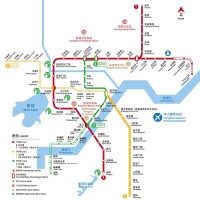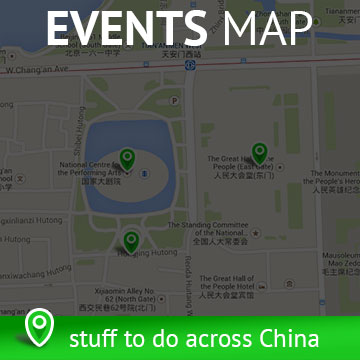This city enjoys a subtropical monsoon climate, and this has blessed Hangzhou with breathtaking scenery throughout the year. There is an ancient Chinese proverb that states, ‘Be born in Suzhou, live in Hangzhou, eat in Guangzhou, die in Liuzhou‘. The city of Hangzhou has always been appreciated for its phenomenal panoramic views, as well as its famous historical and cultural sites. Visitors will enjoy taking a stroll along the causeway by the West Lake, or a ride on a boat to explore the ancient houses, relics and stone bridges along the Qiantang River.
Hangzhou prefecture is home to more than 8.7 million people according to the 2010 Chinese census. Visitors will enjoy shopping at the numerous boutiques that sell Hangzhou silk, the city’s world-famous silk that traces its history back over 5,000 years. Hangzhou is also the birthplace of Dragon Tea, a pan-roasted green tea that has been around for over 1,200 years.








